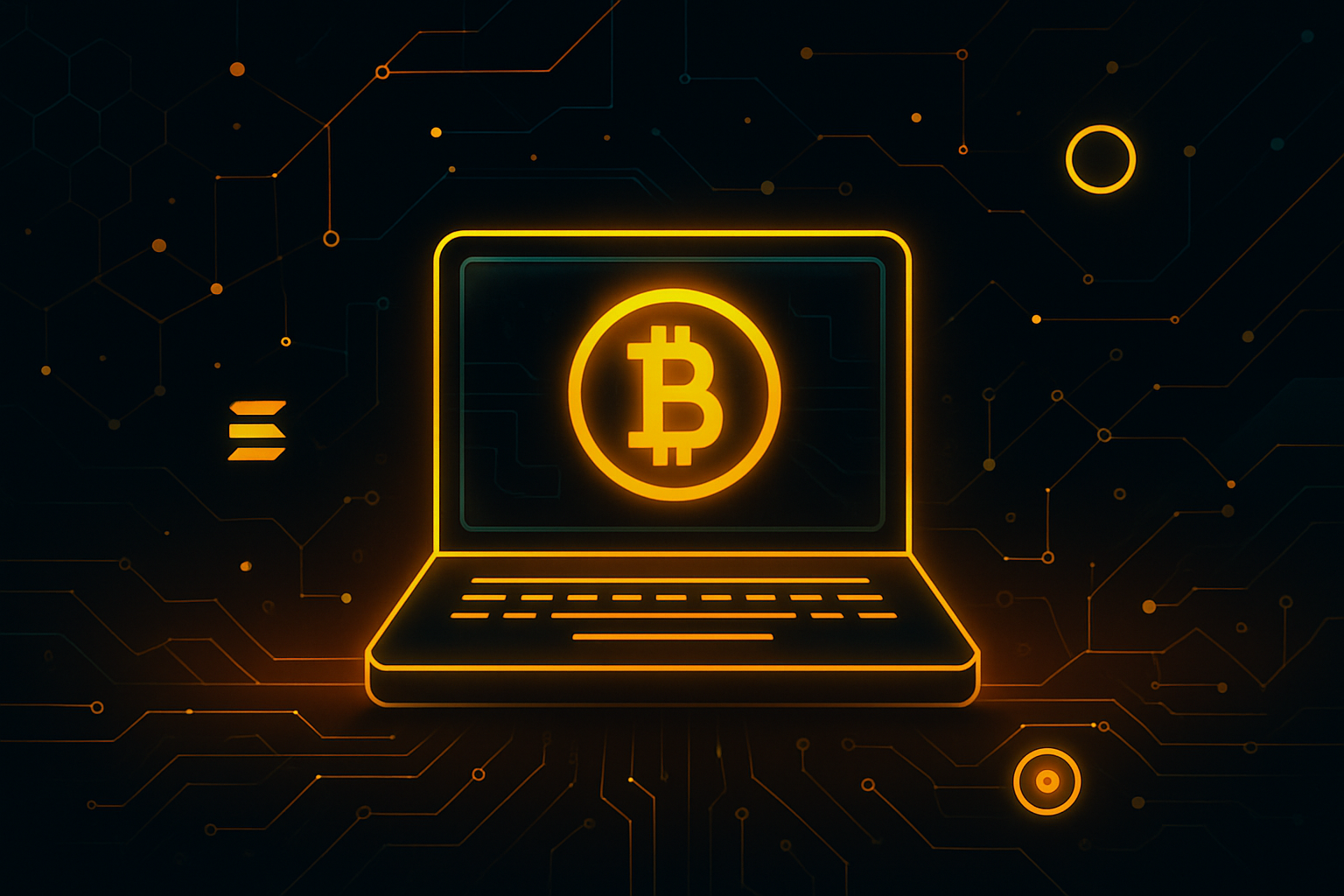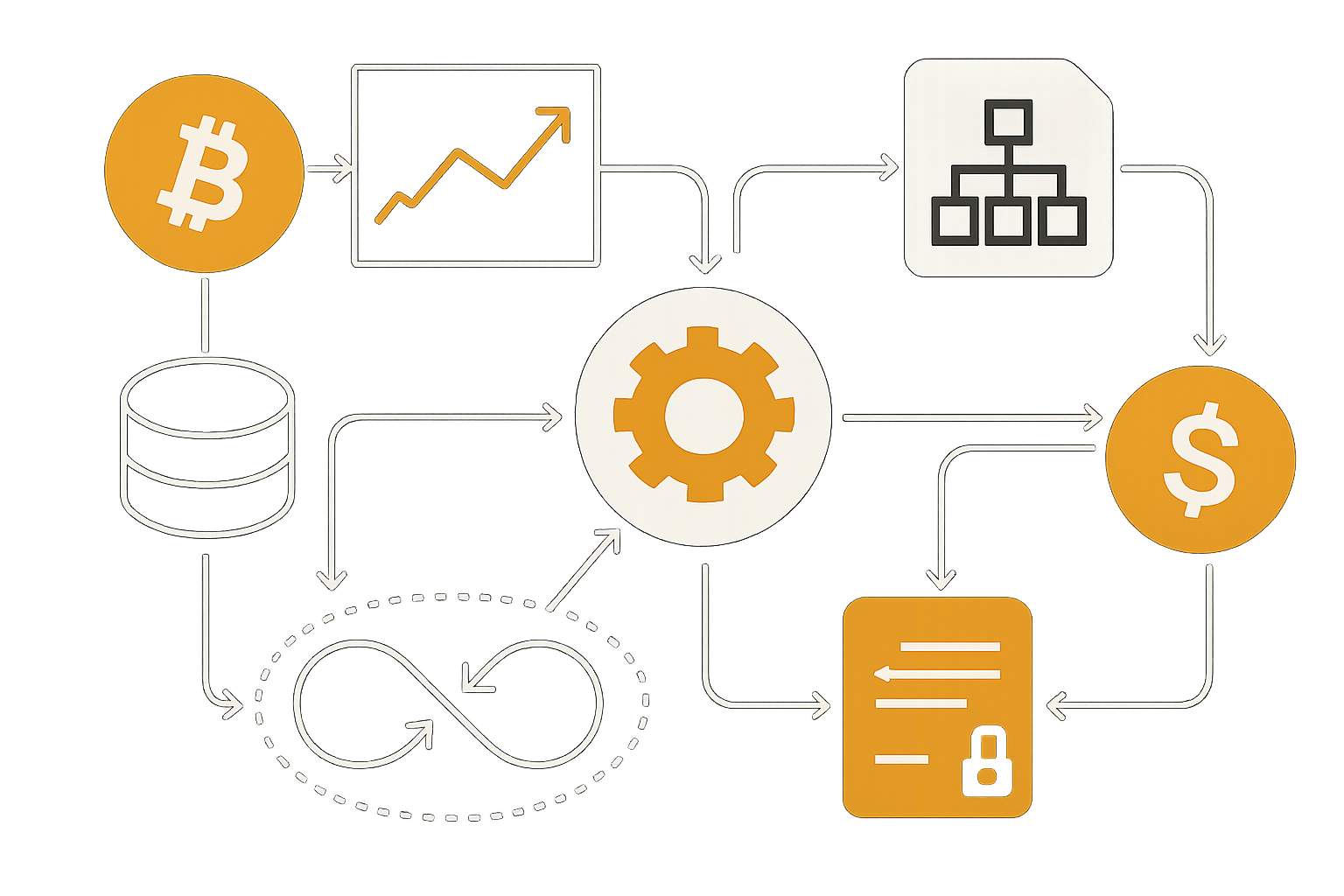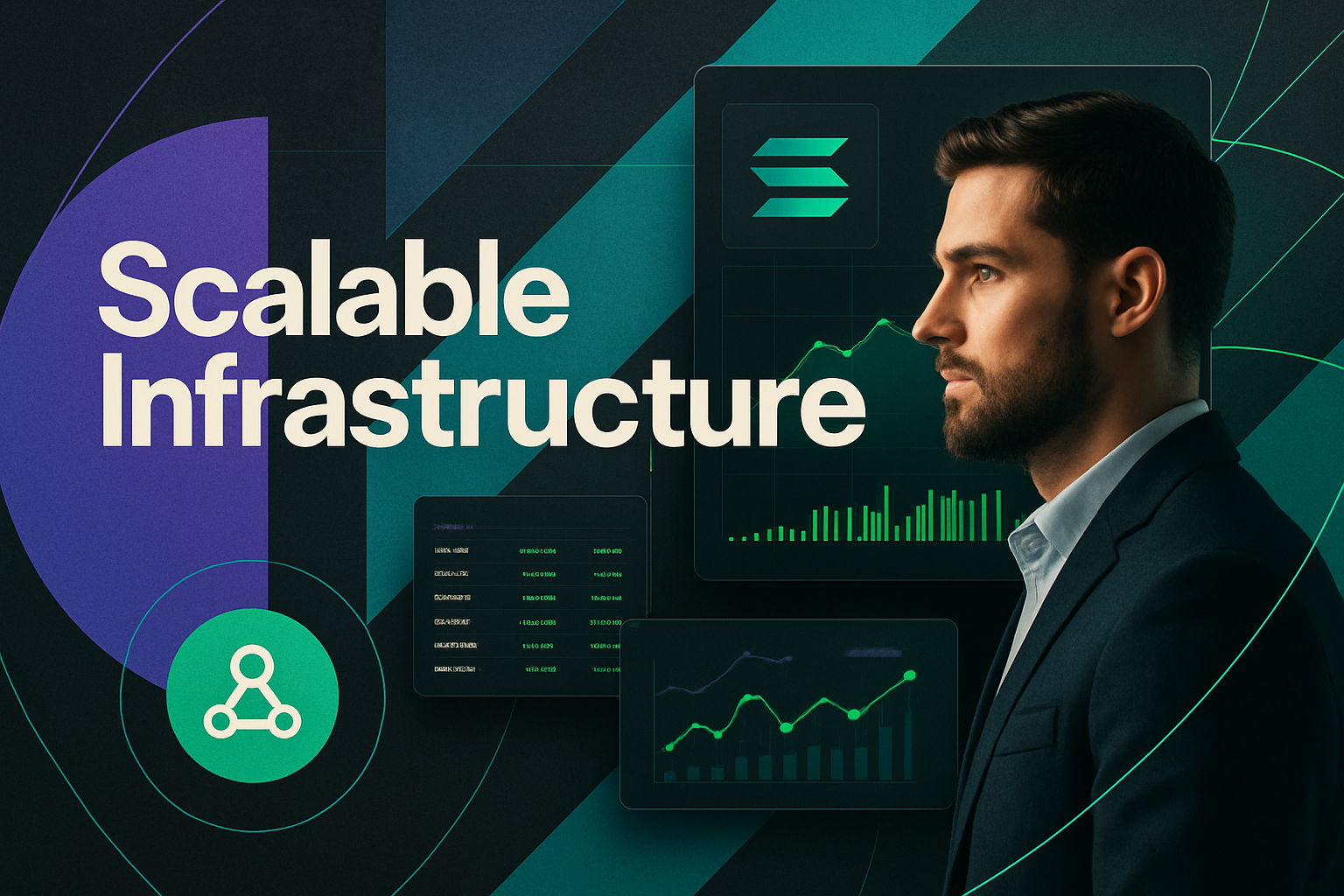Visualizing Solana’s 2025 Surge: Fees, Throughput, and Network Utilization Explained
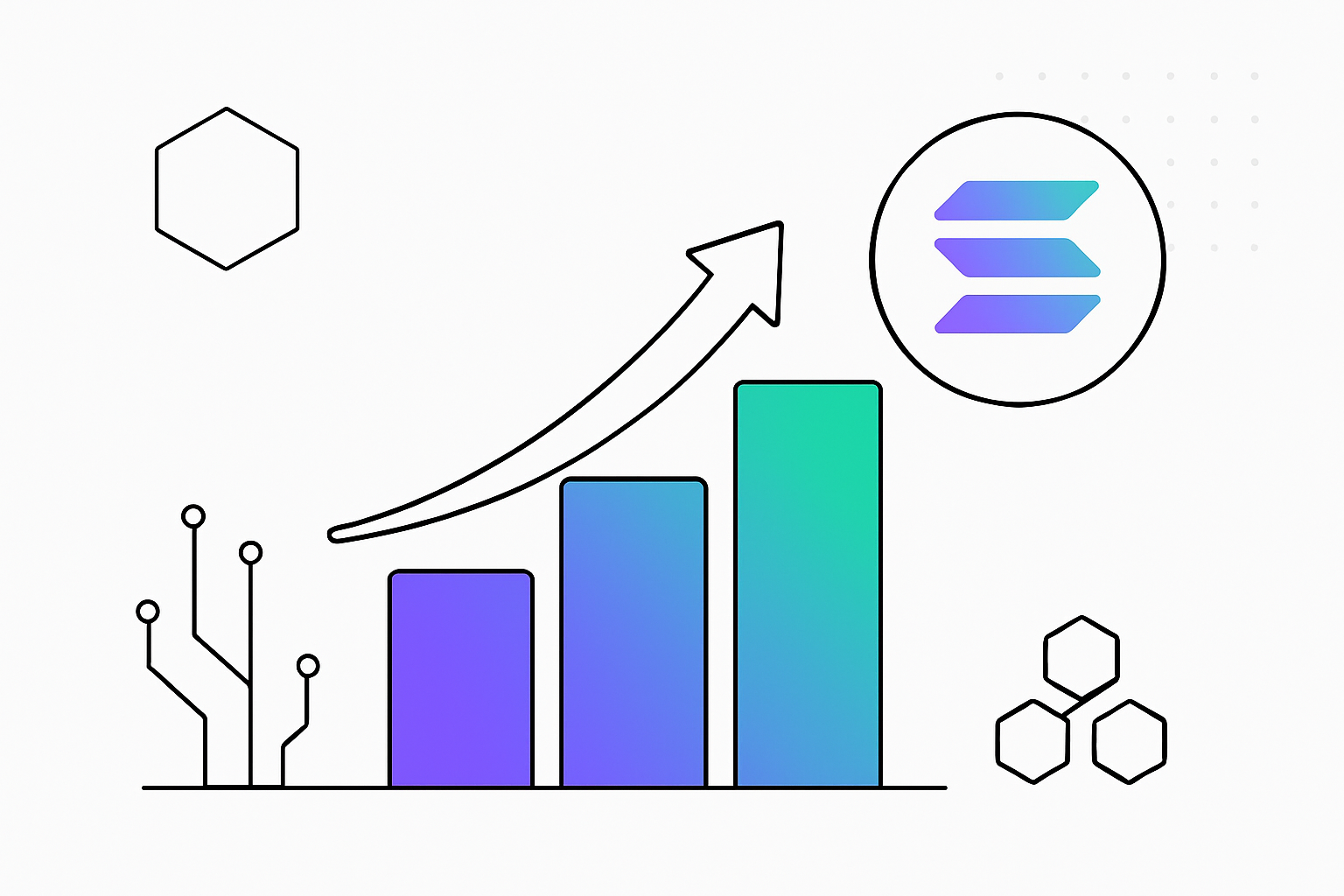
Solana’s trajectory in 2025 is rewriting the playbook for high-performance blockchains. With Binance-Peg SOL (SOL) trading at $188.64 as of October 16,2025, and a daily range between $186.05 and $198.77, the network’s technical and economic momentum is impossible to ignore. Solana’s ability to maintain blistering throughput, ultra-low fees, and robust network utilization sets a new benchmark for what scalable decentralized infrastructure can achieve at scale.
Transaction Throughput: From High Ambition to High Reality
2025 has been a year of operational proof for Solana. The network’s throughput has consistently registered between 6,000 and 10,000 transactions per second (TPS), even during peak congestion. This isn’t just a theoretical ceiling; it’s a lived reality documented by on-chain analytics and reinforced by developer sentiment. In June 2025, Solana processed a staggering 2.98 billion transactions in a single month, outpacing every other Layer 1 and Layer 2 blockchain by a wide margin. On June 25 alone, 111.2 million daily transactions set a new network record, underscoring the chain’s capacity to handle real-world demand surges without breaking stride.
For a visual breakdown of Solana’s record-shattering throughput and the technical levers behind this performance, see this analysis.
Fee Efficiency: The Network Effect of Low Costs
While many blockchains have struggled with fee spikes during periods of high activity, Solana has carved out a different path. In Q1 2025, the average transaction fee fell by 24% quarter-over-quarter to just 0.000189 SOL (about $0.04). The median fee was even lower at 0.000008 SOL (roughly $0.0015). This radical fee compression isn’t accidental; it’s the product of deliberate protocol engineering and a commitment to mass accessibility.
The result? Developers can deploy dApps without fear of user attrition from unpredictable costs, and retail users can transact freely without second-guessing every click. This economic model is fueling a flywheel of adoption, as evidenced by surging wallet creation and developer activity on the platform. For those seeking a technical comparison with other chains, this visual analysis offers clear context.
Network Utilization: Scaling Without Compromise
Beyond throughput and fees, Solana’s true test in 2025 has been its ability to sustain high utilization without compromising reliability or speed. Daily compute usage now hovers around 4 trillion compute units (CUs), up from just 0.5 trillion CUs in early 2021. During January 2025’s activity spikes, Solana processed multiple days of over 200 million daily transactions, pushing network utilization close to 60 CUs per block. This level of sustained operation signals not just scalability, but also maturity in resource allocation and congestion management.
Solana (SOL) Price Prediction 2026-2031
Professional forecast based on network metrics, market trends, and adoption outlook as of Q4 2025.
| Year | Minimum Price | Average Price | Maximum Price | % Change (Avg. YoY) | Market Scenario Insights |
|---|---|---|---|---|---|
| 2026 | $155.00 | $210.00 | $265.00 | +11% | Potential post-bull retracement, but strong network fundamentals support price stability above $150. |
| 2027 | $175.00 | $250.00 | $320.00 | +19% | Continued adoption in DeFi/NFTs and rising institutional interest drive renewed growth. |
| 2028 | $200.00 | $295.00 | $395.00 | +18% | Major scalability upgrades and global crypto regulation clarity enable expansion. |
| 2029 | $230.00 | $340.00 | $470.00 | +15% | Ecosystem maturity, new use cases, and increased enterprise adoption fuel gains. |
| 2030 | $265.00 | $385.00 | $540.00 | +13% | Macro bull market, high throughput, and mainstream DApp integration propel SOL. |
| 2031 | $300.00 | $425.00 | $600.00 | +10% | Market volatility increases, but Solana remains a top blockchain for speed and cost. |
Price Prediction Summary
Solana is projected to maintain a strong upward trajectory through 2031, supported by its technical performance, low fees, and increasing network utilization. The price outlook incorporates both bullish and bearish scenarios, with the average price expected to grow from $210 in 2026 to $425 by 2031. While volatility and market cycles may cause fluctuations, Solana’s robust fundamentals position it as a leading blockchain asset for long-term growth.
Key Factors Affecting Solana Price
- Sustained high throughput and low transaction fees attracting users and developers.
- Expansion of DeFi, NFT, and real-world applications on the Solana network.
- Potential regulatory clarity or challenges impacting crypto markets globally.
- Competition from other high-performance blockchains (e.g., Ethereum, Avalanche).
- Macro crypto market cycles and investor sentiment.
- Scalability upgrades, protocol improvements, and ecosystem partnerships.
Disclaimer: Cryptocurrency price predictions are speculative and based on current market analysis.
Actual prices may vary significantly due to market volatility, regulatory changes, and other factors.
Always do your own research before making investment decisions.
These metrics are not just numbers on a dashboard; they are the foundation for Solana’s growing dominance in DeFi, NFTs, gaming, and emerging financial services. The data-driven surge in utilization is part of a larger story about how Solana is redefining what’s possible in blockchain infrastructure.
Solana’s story in 2025 is as much about network resilience and user experience as it is about raw throughput. The platform’s ability to combine high-speed execution with predictable, minuscule fees has put it in a rarefied category among public blockchains. This is not just a technical feat; it’s an economic paradigm shift that is pulling developers, protocols, and users into the Solana ecosystem at an accelerating pace.
Ecosystem Impact: Why Solana’s Metrics Matter for Builders and Investors
For dApp builders, Solana’s current state means the freedom to innovate without the existential threat of network congestion or fee volatility. Projects ranging from high-frequency DeFi protocols to real-time gaming platforms are thriving precisely because the infrastructure can finally match their ambitions. The stability of Binance-Peg SOL (SOL) at $188.64: even after record-breaking activity, provides a clear signal to investors: the network is absorbing growth without destabilizing its economic foundation.
Top Solana Projects Thriving in 2025’s High-Throughput Era
-
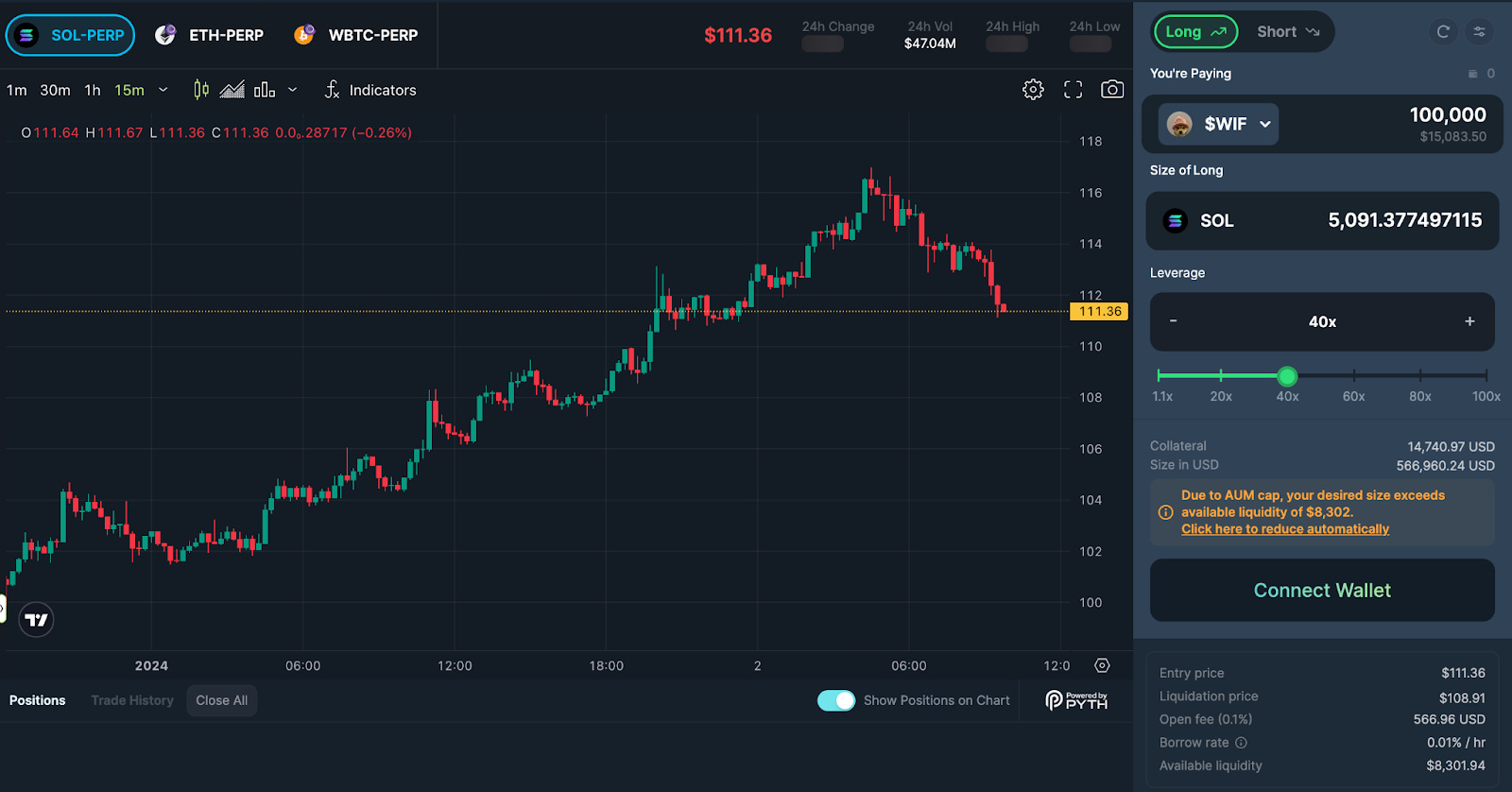
Jupiter – As Solana’s leading decentralized exchange (DEX) aggregator, Jupiter leverages high throughput and low fees to offer seamless, low-cost token swaps and route optimization for users, driving record trading volumes in 2025.
-

Magic Eden – The premier NFT marketplace on Solana, Magic Eden has benefited from minimal transaction costs and rapid settlement, enabling creators and collectors to trade NFTs at scale without prohibitive fees.
-
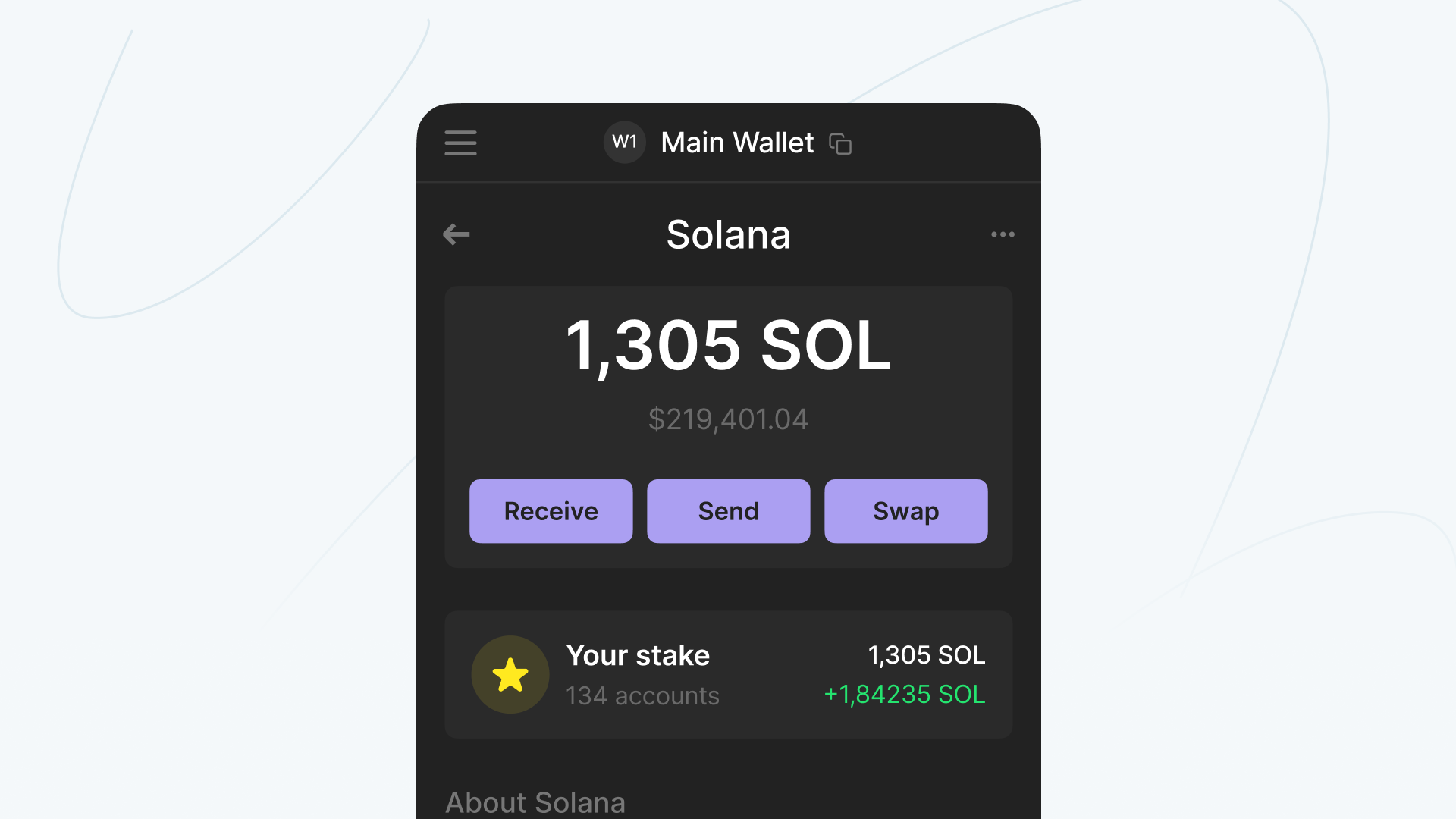
Marinade Finance – As a top liquid staking protocol, Marinade Finance utilizes Solana’s efficiency to provide fast, affordable staking and unstaking, attracting a surge of new users seeking yield opportunities in 2025.
-

Drift Protocol – This decentralized derivatives exchange capitalizes on Solana’s high TPS to offer real-time trading, low slippage, and minimal fees for perpetuals and other derivatives, making Drift Protocol a go-to platform for advanced traders.
-
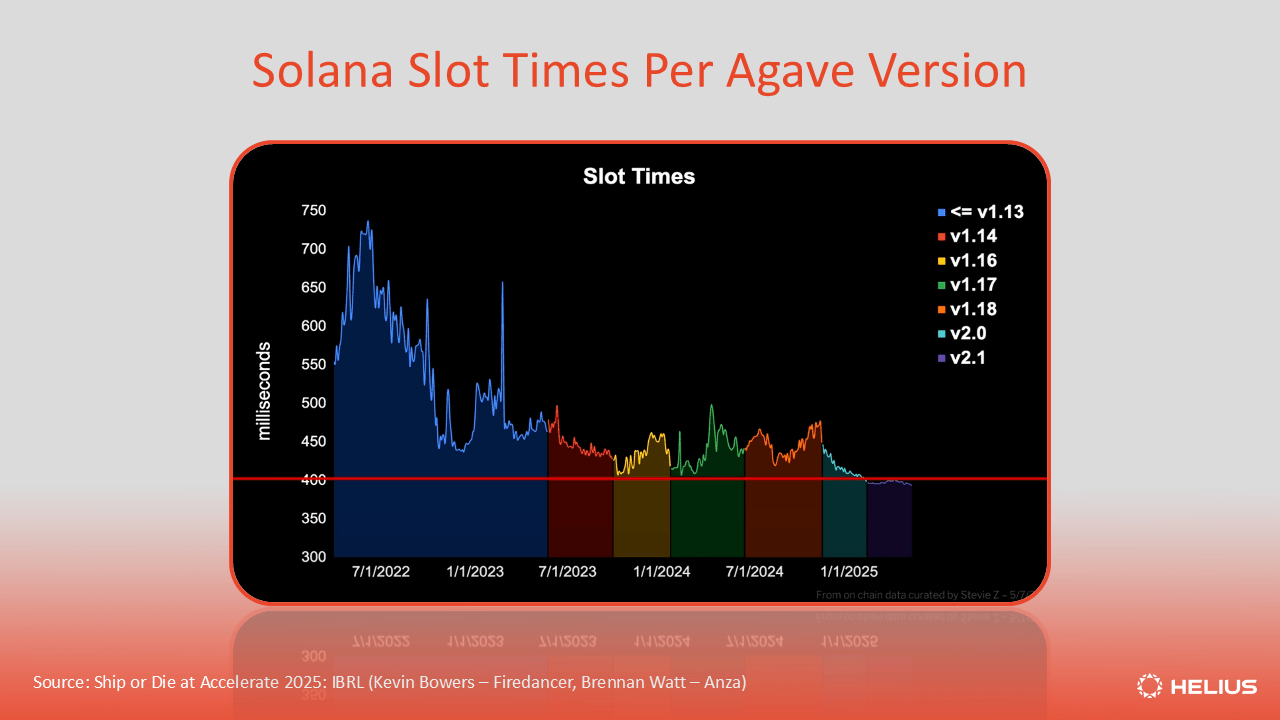
Helium Mobile – After migrating to Solana, Helium Mobile has scaled its decentralized wireless network operations, using Solana’s throughput to process vast numbers of microtransactions for mobile data and hotspot rewards efficiently.
For institutional participants, the 2025 data points provides 2.98 billion monthly transactions, 4 trillion daily compute units, and sub-cent transaction costs: are not just marketing fodder. They represent a scalable, reliable settlement layer for everything from tokenized assets to sophisticated automated market makers. This is why enterprise adoption has quietly accelerated, with new partnerships and integrations announced almost weekly.
Strategic Outlook: What to Watch as Solana Evolves
Looking ahead, there are several metrics and milestones that will determine whether Solana can maintain its lead:
- Fee Stability: Can Solana keep transaction costs low as user count and network activity scale further?
- Decentralization: Will validator diversity and geographic distribution keep pace with network growth?
- Developer Retention: Are new projects finding long-term success, or will competition from other chains draw talent away?
- Cross-Chain Interoperability: How effectively can Solana integrate with other ecosystems without sacrificing performance?
Each of these factors will shape Solana’s trajectory as it aims to cement its position as the premier platform for decentralized applications and global financial infrastructure. For a deeper dive into how Solana handled its TPS surge under pressure, explore this visual analysis.
Ultimately, Solana’s 2025 surge is more than a headline, it’s a validation of the thesis that scalability, affordability, and reliability are not mutually exclusive in blockchain. With SOL holding steady at $188.64 and network fundamentals stronger than ever, the coming quarters will test whether this trajectory can be sustained as new waves of adoption and innovation arrive. The data suggests Solana is not just keeping pace, it’s setting the tempo for the next era of decentralized infrastructure.

